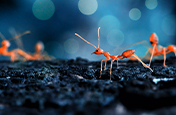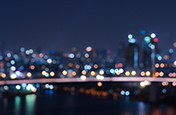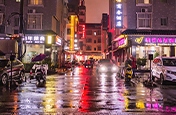A close look at telephoto photography.
Learn about telephoto lenses and which subjects work best through a long focal length. Plus, gain insight into the way depth of field changes an image.
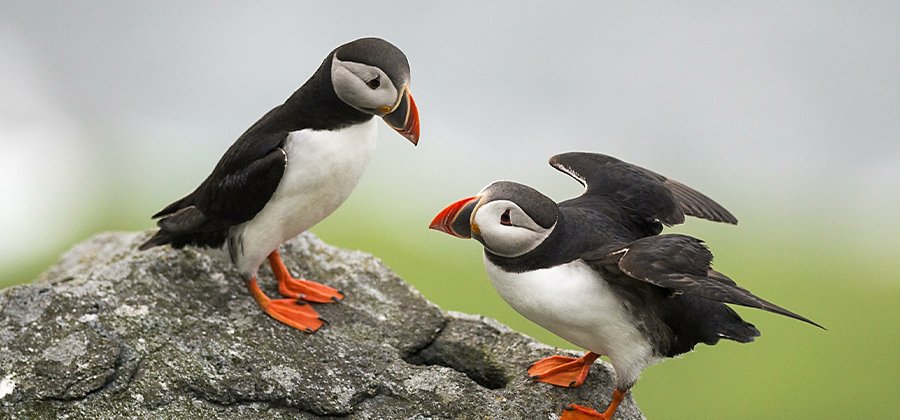
What is telephoto photography?
Telephoto photography is a type of photography that brings distant subjects closer with the use of long focal lengths. While shorter focal lengths exaggerate subjects closest to you, telephoto lenses allow you to emphasise and bring faraway subjects closer, from people to wildlife to mountains.
The benefits of compression.
“Telephoto lenses get you close to your subject. There’s something called compression that happens with a longer lens where whatever is in the background seems to be visually closer,” says photographer Julia Ohst. “And that’s really helpful, like if you have some beautiful mountains that you want to emphasise in your image.”
Telephoto lenses are also great for getting close-ups or for highlighting impressive differences in size. “It’s being able to zoom in and focus on a more select subject,” says photographer Adam Ruggieri. “My biggest thing is also compression — being able to put a small person in a huge scene or a huge mountain behind a small road. It’s all about showing scale.”
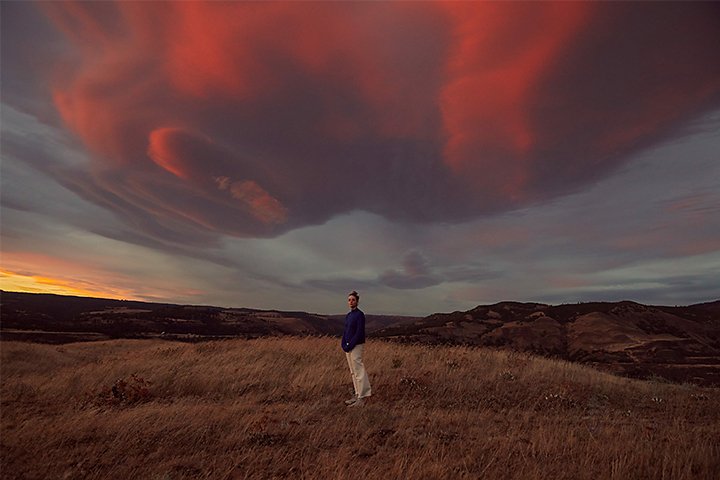
Types of telephoto lenses.
You can shoot telephotography on any camera with an interchangeable lens system, including film cameras, DSLR cameras or mirrorless digital cameras. And all major lens makers, like Canon, Nikon, Sigma and Sony, offer a range of telephoto lenses, from shorter ones like the 70 mm to super telephoto lenses longer than 300 mm.
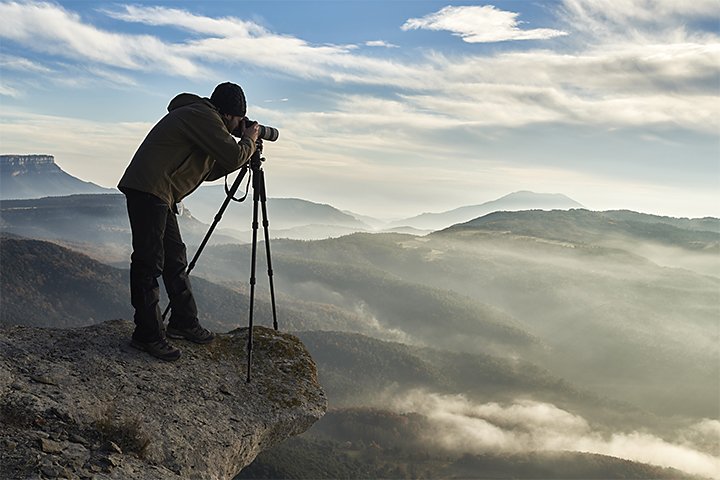
Common telephoto focal lengths.
24 mm-70 mm: A zoom lens that spans from 24 mm to 70 mm crosses the bridge between the longest wide-angle lens and the shortest telephoto lens. A good lens for landscape photography, it lets you go between a wide angle of view with 24 mm and the compression effect of 70 mm.
70 mm-200 mm lens: A fairly common telephoto zoom lens range that is great for portraits and can emphasise large background elements like mountains or a city skyline.
200 mm-500 mm lens: This range of focal lengths helps photographers capture wildlife at a distance, sports photography shots and other situations where you require some magnification.
300 mm and higher: Any lens over 300 mm is a super telephoto lens. These offer the most extreme magnification for the smallest or furthest away subjects, like birds in flight.
Zoom lenses versus prime lenses.
You can adjust a telephoto zoom lens to different focal lengths, while a telephoto prime lens is made for one focal length. Zoom lenses offer versatility, but prime lenses can often achieve a wider maximum aperture and sharper images. If you need a wide aperture or a sharper image, prime is your best bet. A 500 mm prime lens is a common tool for bird photography.
Crop factors and lenses.
When you choose a lens, remember to check whether you have a full-frame camera or a camera with a crop factor. A full-frame camera has a full-frame sensor, which shows your entire image in the viewfinder. Alternatively, a crop sensor like the APS-C will create images that are slightly more zoomed in than you might expect, no matter what lens you attach.
Common subjects to shoot with telephoto lenses.
You can photograph just about anything with a telephoto lens, as long as it’s far enough away from you to be within your lens’s focal range. These lenses can work wonders for distant wildlife, photos of people and cityscapes or mountainscapes.
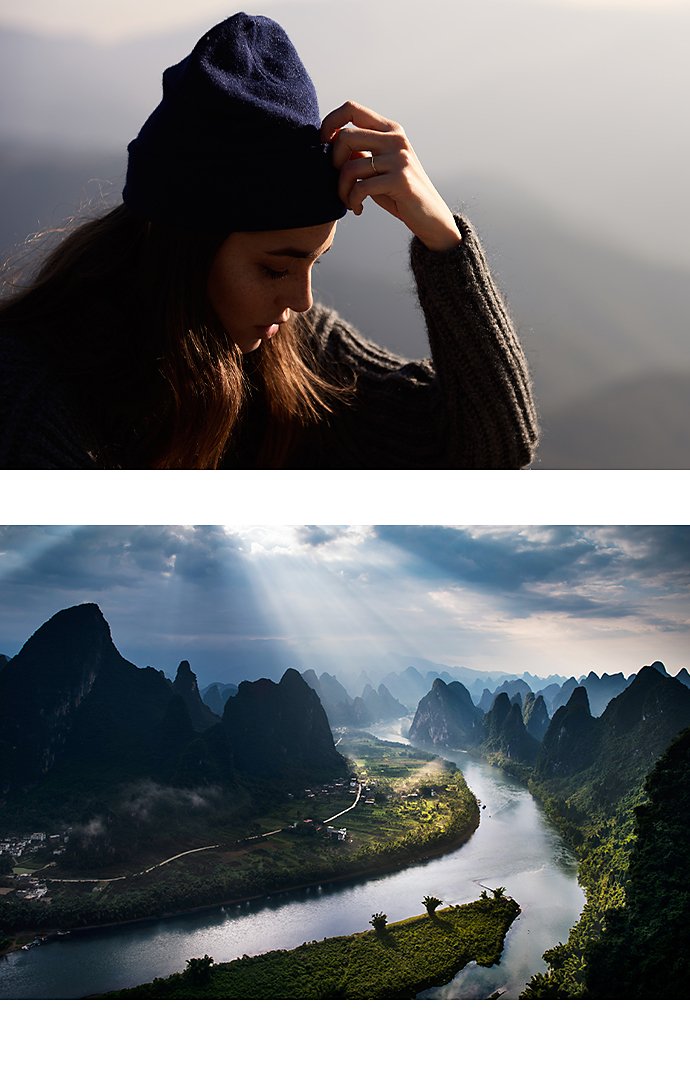
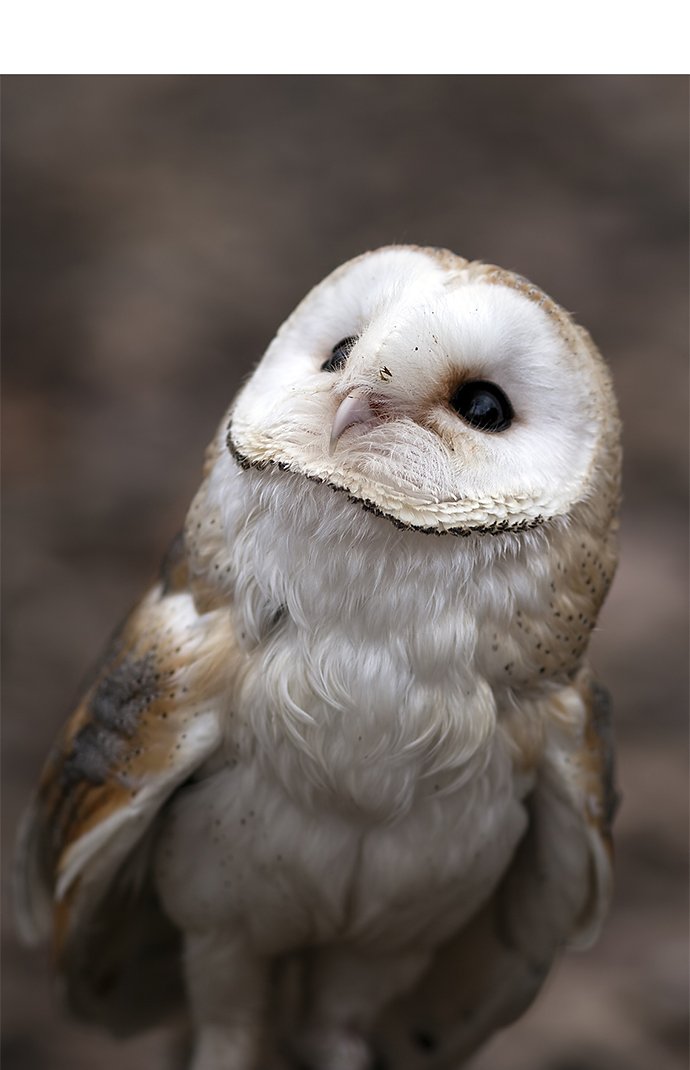
Wildlife photography.
The magnification of a telephoto lens is essential to capture the details of animals without disturbing them. “For wildlife photographers, a telephoto lens is the most critical piece of gear in their kit,” says Ohst. “Of course, the bigger the lens, the higher the cost, so there’s a balance between getting as close as you want versus the affordability of the gear. But usually people shooting wildlife photos want at least 400 mm, maybe even more.”
Portrait photography.
Telephoto lenses in the 70 mm to 85 mm range are great for creating portraits. “A wide-angle lens will emphasise the distance between things, so whatever is in the front of the image, it pulls it toward you. That’s a really bad thing when you’re photographing people, because the nose is closest. Nobody wants their nose to look bigger in an image. When you back up and use a longer lens, it compresses the person’s facial features. And usually, that's more flattering.”
Landscape photography and skylines.
“If you want the background to have more presence and be more noticeable in the image, a telephoto lens is a great tool,” says Ohst. For this reason, telephoto lenses can create incredibly dramatic landscapes and skyline photos.
“You can line up a road and a mountain and the road looks normal to your eye, while the mountains are perceived as really big in the photo. The mountains are actually far away and smaller in person, but you get that compression effect,” says Ruggieri. “Another thing I really like is shooting skylines from far away, where you can put something in the foreground and have a skyline look very large in the background.”
Best practices for shooting with a telephoto lens.
Pack a tripod.
Telephoto lenses are larger and heavier than most lenses, so invest in a tripod that can support your lens’s weight. A tripod that can handle a wide-angle lens may seem to hold your telephoto lens well, but may then slowly tilt downward due to the extra load. You may also want a gimbal to help steadily move your camera while it’s on the tripod or a monopod to offer some extra support for the longest lenses.
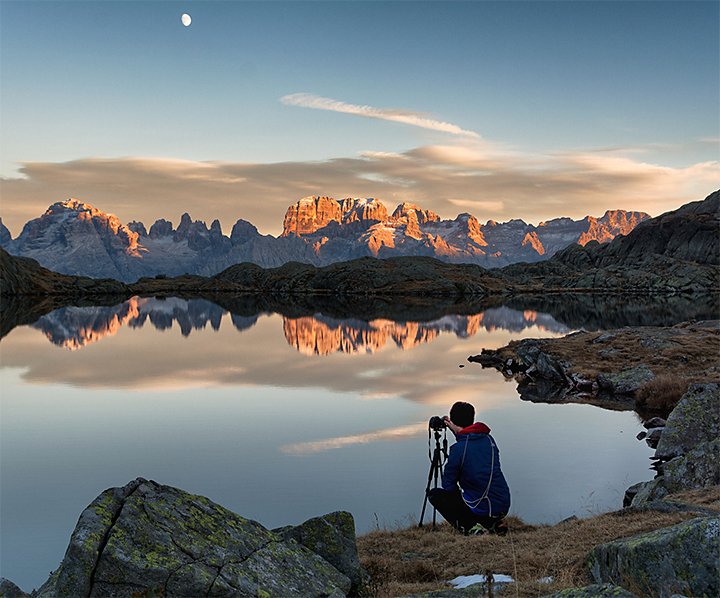
Crank up your shutter speed.
If you don’t have your camera on a tripod, a fast shutter speed can ensure a sharp image. A good rule of thumb is to go with one over the focal length. So, if you use a 400 mm lens, set your shutter speed at 1/400 of a second. “If I need to shoot slower than that to get enough light into the sensor, I’m going to have to use a tripod or bump up my ISO,” says Ohst.
Turn on image stabilisation.
Also known as vibration reduction, this critical feature can help you to avoid blurry images. Since telephoto lenses are long and heavy, the risk of camera shake is high. “It's important, if you’re not on a really sturdy tripod, to make sure that image stabilisation is turned on,” says Ohst.
Use a remote trigger.
Another way to avoid camera shake is to use a timer or remote shutter release instead of pressing the button on your camera to take your photo. “I use a wireless remote,” says Ruggieri. “I’ve lost a few, so I buy cheap ones — a pack of three for about $15.”
Editing your telephoto images.
When you get home from a shoot, Adobe Photoshop Lightroom makes a painless process out of organising and perfecting your shots. “My first pass through my images is eliminating any that are blurry or unusable. When I was new to telephoto shots, there were more of those than I was used to because of the lens moving or the tripod sinking or various problems like that,” says Ohst.
Sort photos easily.
“Go through and select the ones that are most compelling. I give them star ratings in Lightroom and then the ones that are four or more stars are the ones that I will go through and edit.”
Use Dehaze to clarify your shots.
“I do basic edits first just to get the colour, the highlights and the shadows looking good,” says Ruggieri. “Then I use the Dehaze feature in Lightroom. I’ve noticed when it comes to telephoto, there’s more haze, so I use Dehaze a bit more than with other types of photography. One thing I watch for, after I use Dehaze, is if the image has too much saturation. I will sometimes decrease it slightly to compensate.”
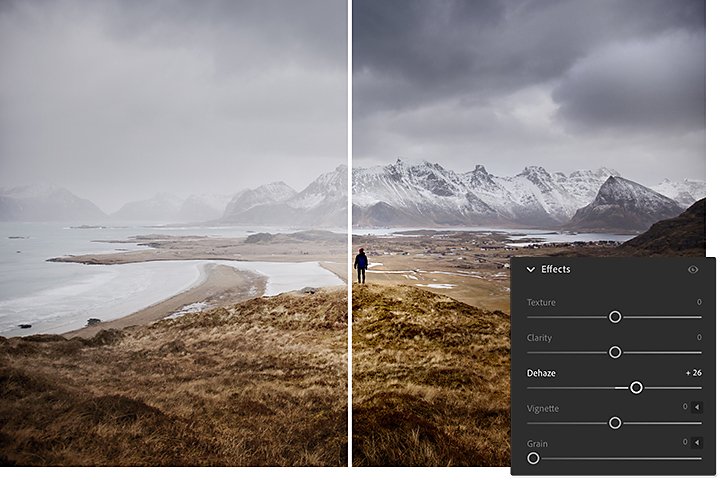
Take the long shot.
To get familiar with telephotography, get out there and try it. “Experiment and shoot as often as possible. Try to shoot as many subjects as possible,” says Ruggieri. “Test out the difference of how an image looks with a telephoto lens versus a wide-angle or midrange lens.”
You might need a bigger backpack, but if you take a hike with a telephoto lens, it could pay off. “There’s been a couple of times I’ve been out with my camera not intending to shoot wildlife, but then something presents itself to me,” says Ohst. “Once, on a hike, I saw an owl in a tree and I was so happy that I had my long lens with me.”
“So my advice is just bring it, because you never know,” says Ohst. “Just bring it.”
Contributors
Do more with Adobe Photoshop Lightroom.
Edit photos easily with Lightroom presets, Super Resolution, easily share photos from any device and access your projects anywhere with cloud photo storage management.
You might also be interested in…
Adéntrate en un nuevo mundo y haz que los sujetos pequeños sean más llamativos con estos consejos de fotografía macro.
Cómo añadir fondos con efecto bokeh a tus fotografías
Obtén más información sobre el precioso efecto de desenfoque que puede darles un toque impactante a tus fotos.
Fotografía nocturna.
Poca luz no tiene por qué ser sinónimo de baja calidad con estos consejos para unas fotos nocturnas excelentes.
Entiende para qué sirve una profundidad de campo baja.
Descubre cómo una profundidad de campo baja puede agregar dimensión a tus fotografías.
